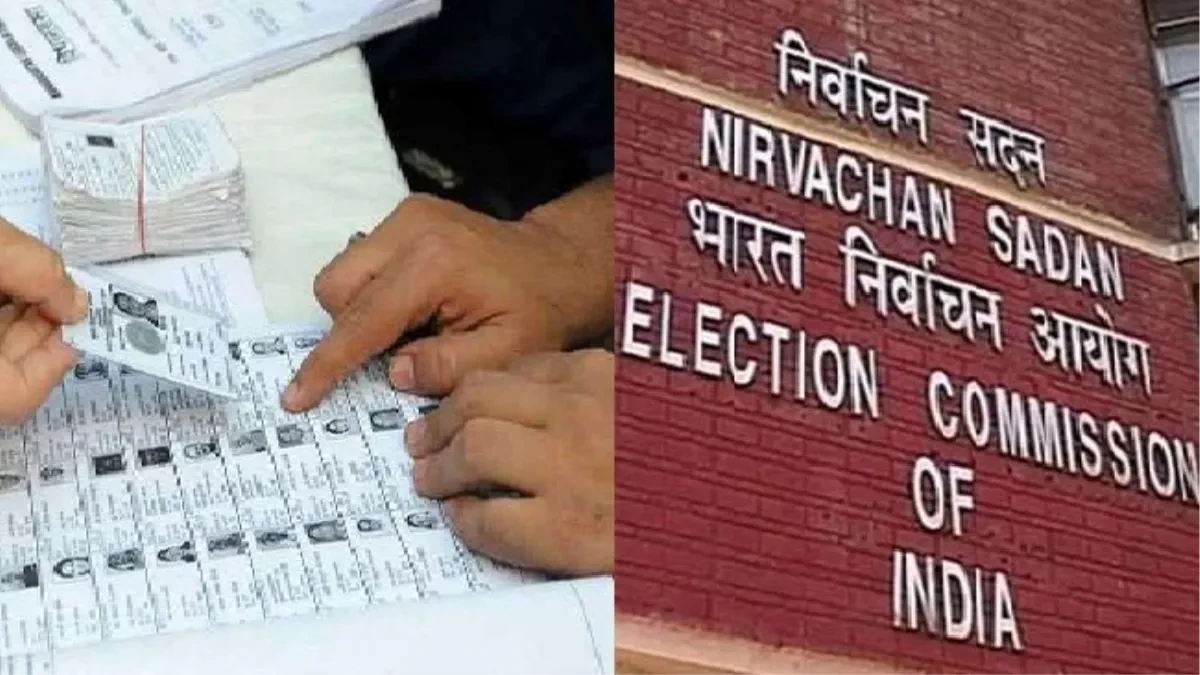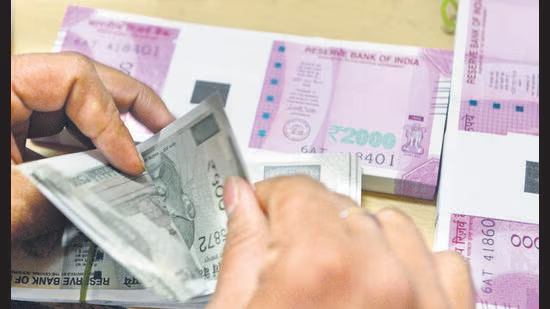- Courses
- GS Full Course 1 Year
- GS Full Course 2 Year
- GS Full Course 3 Year
- GS Full Course Till Selection
- Answer Alpha: Mains 2025 Mentorship
- MEP (Mains Enrichment Programme) Data, Facts
- Essay Target – 150+ Marks
- Online Program
- GS Recorded Course
- Polity
- Geography
- Economy
- Ancient, Medieval and Art & Culture AMAC
- Modern India, Post Independence & World History
- Environment
- Governance
- Science & Technology
- International Relations and Internal Security
- Disaster Management
- Ethics
- NCERT Current Affairs
- Indian Society and Social Issue
- NCERT- Science and Technology
- NCERT - Geography
- NCERT - Ancient History
- NCERT- World History
- NCERT Modern History
- CSAT
- 5 LAYERED ARJUNA Mentorship
- Public Administration Optional
- ABOUT US
- OUR TOPPERS
- TEST SERIES
- FREE STUDY MATERIAL
- VIDEOS
- CONTACT US
Supreme Court on Stubble Burning: Upholding the Right to a Pollution-Free Environment
Supreme Court on Stubble Burning: Upholding the Right to a Pollution-Free Environment
24-10-2024
- On 23 October 2024, The Supreme Court expressed serious concerns about the ongoing issue of stubble burning in Punjab and Haryana.
- The court condemned the selective enforcement of penalties, stating that it violates citizens' fundamental right under Article 21 of the Indian Constitution to live in a pollution-free environment.
Key Observations by the Supreme Court:
- Court said that every person has the right to live in a clean environment (Article 21) and that the government must protect this right.
- The court pointed out that authorities have not done enough to enforce existing environmental laws, allowing violations to continue.
- Court emphasized that both central and state governments must come up with plans to protect citizens’ rights to live with dignity in a clean environment.
Legal Framework and Enforcement Issues:
-
Environment (Protection) Act, 1986:
- The court referred to Section 15 of this Act, which talks about penalties for harming the environment, including up to five years in prison and fines of ₹1 lakh.
- The court mentioned that there is no proper system in place for collecting these fines, questioning how seriously the Commission for Air Quality Management (CAQM) takes its role.
- The court found a big gap between the number of stubble-burning cases reported and the actual penalties enforced:
- Punjab reported 1,084 cases but collected fines from only 473 people.
- Haryana recorded 490 cases with only 32 First Information Reports (FIRs) filed.
Court Directives:
- The Union government was asked to consider Punjab's request for more funds to help fight stubble burning.
- The court ordered the Union government and the state governments of Delhi, Haryana, Uttar Pradesh, and Rajasthan to submit reports in 2 weeks about how they are handling pollution issues.
Right to Environment in the Indian Constitution:
-
Right to Life Under Article 21:
- In the case of Subhash Kumar v. State of Bihar (1991), the Supreme Court ruled that Article 21 includes the right to a healthy environment.
- This was reaffirmed in Virender Gaur v. State of Haryana (1994).
-
Directive Principles of State Policy:
- Article 48A mandates the State to protect and improve the environment and safeguard forests and wildlife.
- In Sher Singh vs. State of Himachal Pradesh (2014), the National Green Tribunal affirmed that the State has a constitutional duty to protect the environment.
- Additionally, in M.C. Mehta vs. Union of India (2002), the court said that Articles 39(e), 47, and 48A together create an obligation for the State to secure public health and environmental protection.
-
Fundamental Duties:
- Article 51A(g) establishes a fundamental duty for citizens to protect and preserve the environment.
Why Farmers Opt for Stubble Burning?
- After harvesting rice and wheat, farmers often burn leftover straw to prepare the field for the next crop.
- This method is seen as quick and inexpensive compared to other ways to manage crop waste.
- Rising farming costs discourage farmers from investing in equipment for proper crop residue management.
- Machines like the Happy Seeder, which helps manage stubble, are often too expensive for many farmers.
- Stubble burning occurs widely in Punjab, Haryana, Uttar Pradesh, Rajasthan, and the National Capital Region (NCR) of Delhi, as well as in other states like Bihar, Odisha, and West Bengal.
Impact of Stubble Burning
-
Environmental Pollution:
- Agricultural fires significantly contribute to air pollution in northern India during October and November, causing smog and poor air quality.
- There is a noticeable increase in harmful particulate matter (PM 2.5 and PM 10) during this time.
-
Soil Health:
- Burning crop residues removes essential nutrients from the soil and decreases organic carbon content, harming soil quality.
Central Government Initiatives:
- A scheme for promoting agricultural machinery for managing crop residue has been approved, providing farmers with 50% of the cost for machinery.
- The central government has allocated ₹3,062 crore to Punjab, Delhi, and NCR states from 2018 to 2023 for effective stubble management.
- Farmers are encouraged to profit from leftover biomass.
Pusa Decomposer:
- Developed by the Indian Agricultural Research Institute (IARI).
- This bio-enzyme helps decompose crop residue within 20-25 days, turning it into manure and improving soil health.




